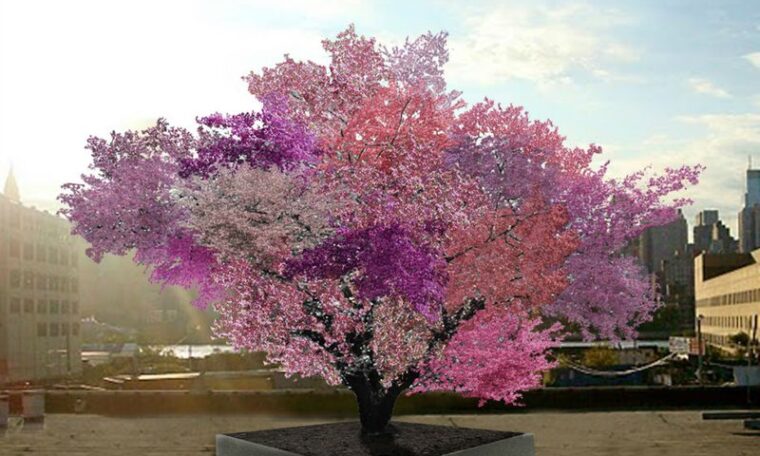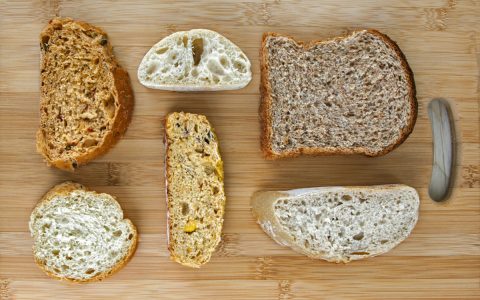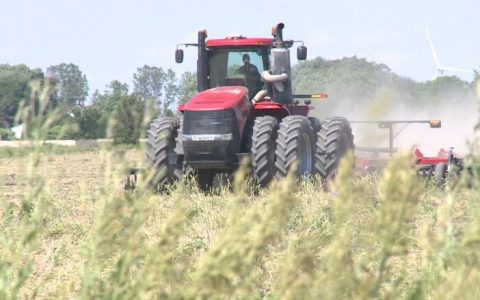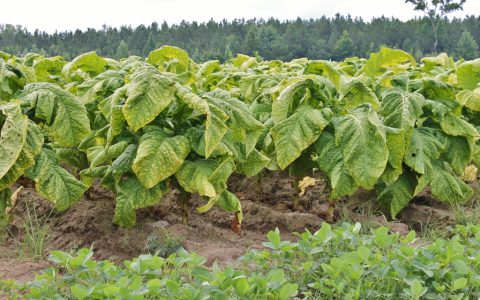
In 2008, while searching for specimens to create an art project based on a multicolored flower tree, Sam Van Aken, an art teacher who had grown up on a farm, purchased a three-acre orchard at the New York State Agricultural Experimental Station. This orchard, which was about to close, produced a large number of drupes fruits (peaches, apricots). There he created the first Van Aken Tree Of 40 Fruit that provides 40 different types of fruits.
Working with a group of over 250 varieties of drupes, Sam Van Aken developed a timeline of when each of them blossomed and began grafting them onto a tree. Once the tree was about two years old, Van Aken used a technique called bud grafting to add more varieties to separate branches.
In 2013, after five years of work involving several grafted branches, the first Van Aken Fruit Tree was completed. There are currently 16 in museums, gardens, and private collections.
The Van Aken Tree Of 40 Fruit, the bizarre tree that produces 40 different types of fruits
The Van Aken Tree looks like a regular tree most of the year, but in spring it is full of colors thanks to its white, pink, red, and purple flowers. Then, with the arrival of summer, different varieties of plums, peaches, apricots, nectarines, cherries, and almonds start to appear.
“People who have a Van Aken Tree in their house have told me that it provides the perfect amount and variety of fruit. So instead of having a variety that produces more than it needs, the tree provides good quantities of each of the 40 varieties,” said Van Aken.
These Van Aken Tree specimens are not only beautiful but also help to preserve the diversity of the drupes. Globally, these fruits are selected for commercial cultivation based primarily on how long they last, then what size they grow in, how they look and, finally, their taste. That means that there are thousands of varieties of drupes in the world, but only a few are considered commercially viable, even if they are not the best tasting or most nutritious.




